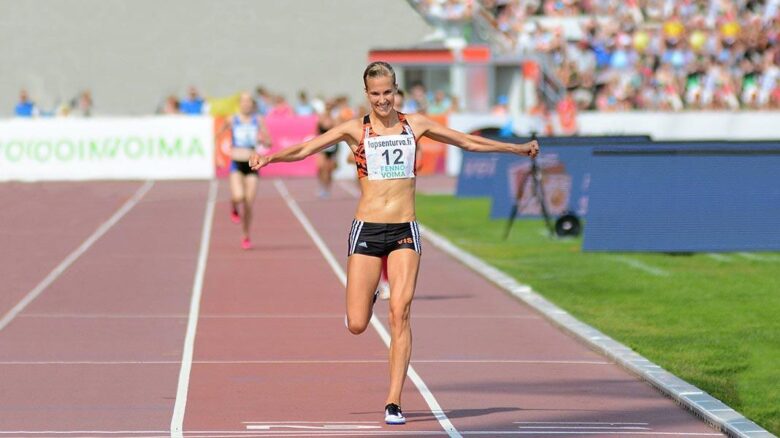Unlocking Potential: The Role of Testosterone Therapy in Endurance Athletics
In the world of endurance sports, where the boundaries of human performance are constantly being pushed, athletes are on an eternal quest for the edge that could set them apart. Among the many advancements in sports science, testosterone therapy has emerged as a topic of significant interest and debate. This treatment, often associated with bodybuilders and those seeking to combat age-related decline, has found its way into the conversations of long-distance runners, cyclists, and triathletes. As research continues to unveil the intricate relationship between hormone levels, recovery, and stamina, endurance athletes are now faced with crucial questions: What benefits does testosterone therapy truly offer? Are the risks overshadowed by the potential gains? In this article, we delve into the complexities of testosterone therapy, exploring its implications for endurance athletes and examining whether it can indeed be the key to unlocking unprecedented levels of performance.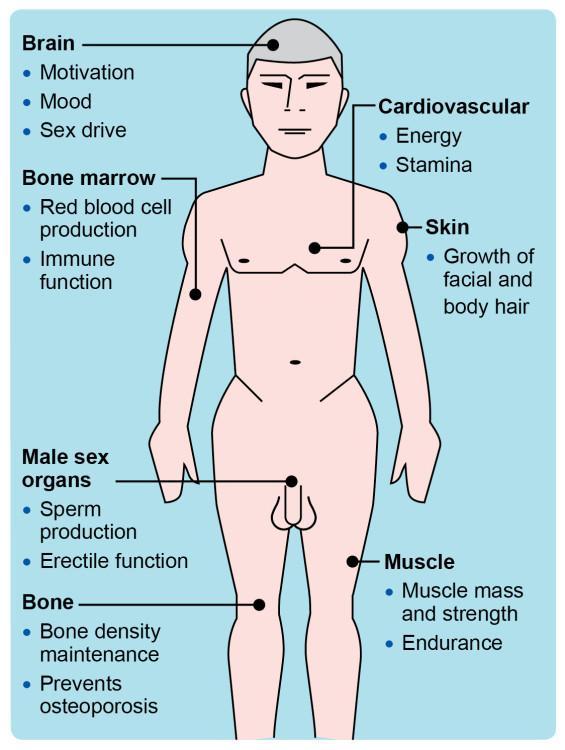
Understanding Testosterones Role in Athletic Performance
As endurance athletes strive for optimal performance, the role of testosterone in enhancing stamina and overall physical capacity cannot be underestimated. Testosterone contributes to muscle mass, strength, and energy levels, which are all critical components for long-distance events. When levels of this hormone are balanced, athletes often experience improved recovery periods, enabling them to train harder and more frequently without the risk of injury. Some of the key benefits attributed to testosterone include:
- Increased Oxygen Utilization: Higher testosterone levels can enhance red blood cell production, improving oxygen delivery to muscles.
- Improved Muscle Recovery: Testosterone aids in the repair of muscle tissues, helping athletes bounce back more quickly from intense workouts.
- Enhanced Fat Oxidation: An increase in testosterone levels may promote the body’s ability to utilize fat as a fuel source, essential for endurance activities.
However, the administration of testosterone therapy in athletes remains a topic of debate. Although it may offer clear advantages for performance, the ethical implications and potential for misuse raise critical concerns. Athletes must weigh the potential benefits against the risks, which include hormonal imbalances and side effects. The decision to pursue therapy should involve thorough consultation with health professionals and a deep understanding of regulatory guidelines. Below is a brief overview of the considerations for testosterone therapy:
| Aspect | Consideration |
|---|---|
| Benefits | Improved Recovery, Enhanced Performance |
| Risks | Hormonal Imbalance, Side Effects |
| Legal Status | Varies by Sport, Governing Body Regulations |
| Consultation | Essential with Healthcare Professionals |
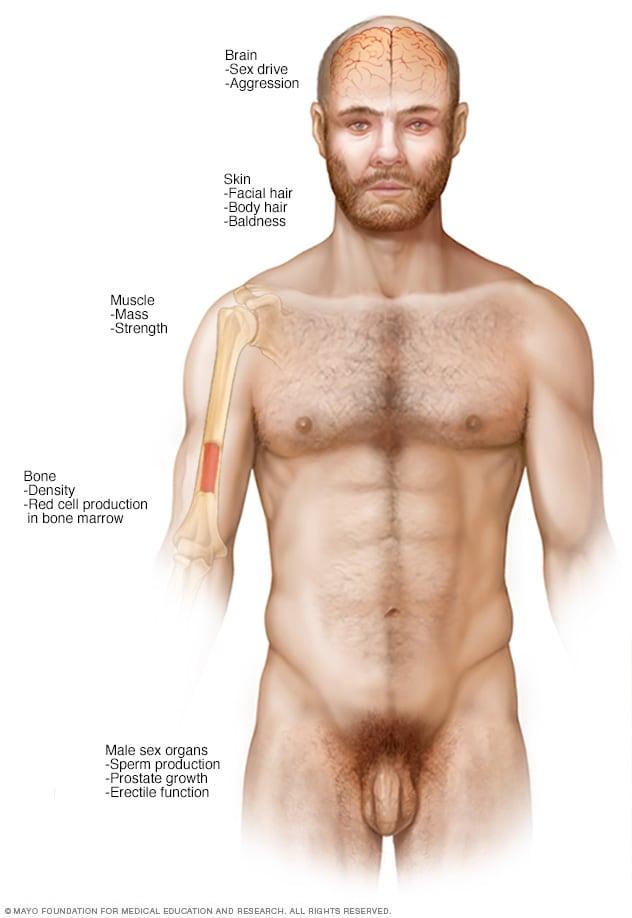
Evaluating the Benefits of Testosterone Therapy for Endurance Athletes
Testosterone therapy has gained traction among endurance athletes seeking to enhance their performance and recovery. This approach can stimulate various physiological adaptations that are beneficial for prolonged physical exertion. Some potential advantages include:
- Increased Muscle Mass: Elevated testosterone levels can contribute to greater lean muscle mass, improving strength and power output.
- Enhanced Recovery: Testosterone may accelerate recovery from intense training sessions, reducing downtime and allowing for more frequent workouts.
- Improved Red Blood Cell Production: Higher testosterone levels can lead to increased erythropoiesis, potentially boosting oxygen transport during endurance activities.
However, athletes must weigh these benefits against the potential risks and implications of long-term hormone therapy. Considering that each individual responds differently, it’s essential to undergo thorough evaluations and consultations. Below are some critical aspects to consider before starting testosterone therapy:
| Consideration | Details |
|---|---|
| Health Risks | Monitor for side effects like cardiovascular issues or hormonal imbalances. |
| Legal Implications | Verify compliance with sports governing bodies on testosterone regulations. |
| Personal Goals | Assess whether therapy aligns with long-term athletic objectives. |
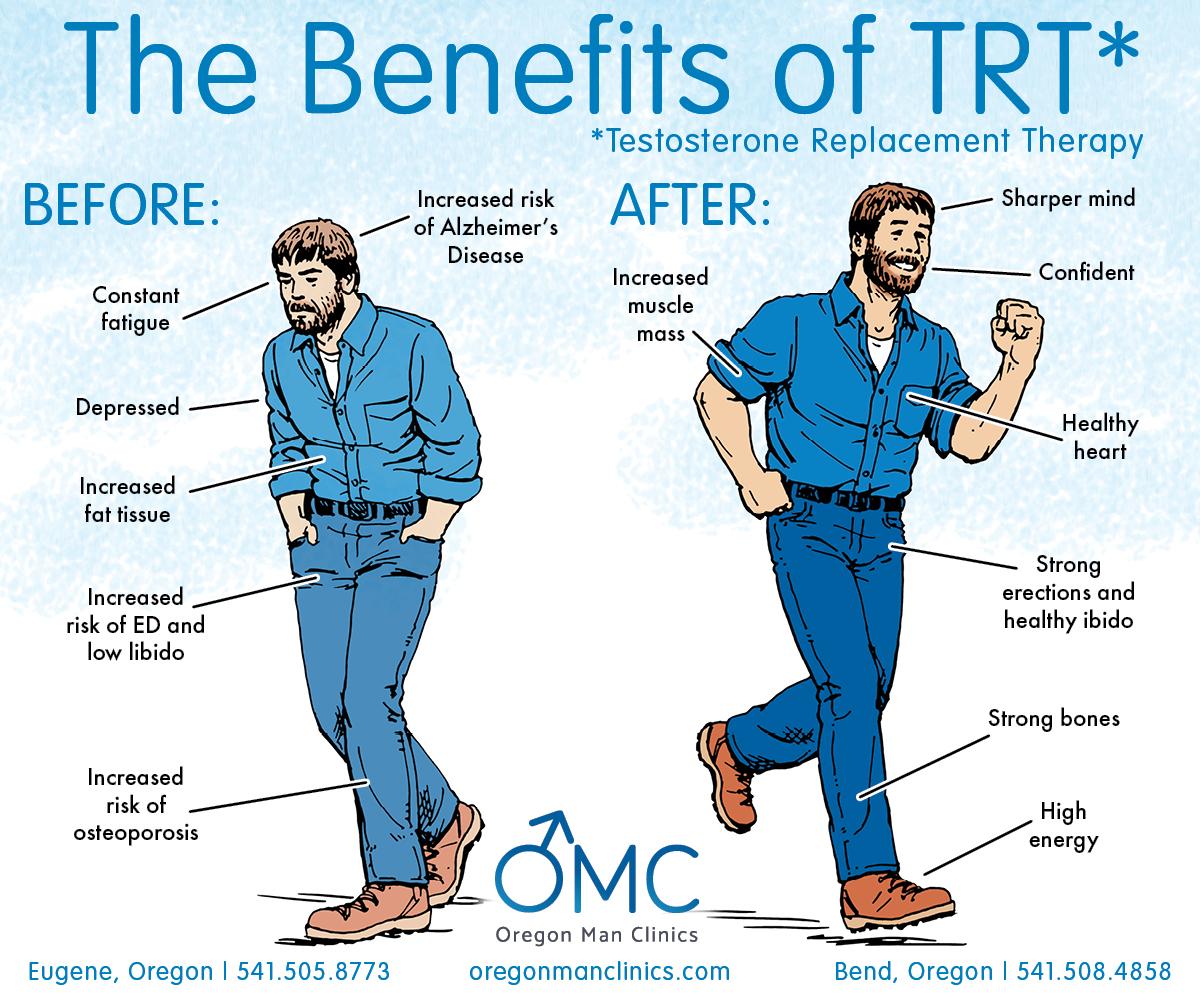
The Science Behind Muscle Recovery and Testosterone Levels
Muscle recovery is a complex process influenced by various factors, including hormonal levels such as testosterone. This vital hormone plays a significant role in muscle protein synthesis, which is essential for repairing and building muscle tissue after strenuous activities. When endurance athletes engage in rigorous training, testosterone levels can fluctuate dramatically, impacting recovery times. Higher testosterone levels can enhance recovery, resulting in reduced muscle soreness and improved performance in subsequent workouts. This interplay between recovery and hormonal balance is crucial for athletes striving to maintain peak physical condition.
Numerous studies highlight the relationship between testosterone therapy and enhanced recovery rates in endurance athletes. Testing different dosages has revealed patterns indicating that optimal testosterone levels correlate with more effective recovery processes. To illustrate this, consider the following table showing average recovery metrics among athletes with varying testosterone levels:
| Testosterone Level (ng/dL) | Recovery Time (hours) | Muscle Soreness (1-10 scale) | Performance Improvement (%) |
|---|---|---|---|
| 200-400 | 72 | 7 | 5 |
| 400-600 | 48 | 5 | 12 |
| 600-800 | 24 | 3 | 20 |
As depicted, higher testosterone levels not only decrease recovery time but also minimize muscle soreness, facilitating better performance outcomes. Such insights are driving many endurance athletes to consider testosterone therapy as a legitimate strategy to optimize their training regimens and enhance overall athletic performance.
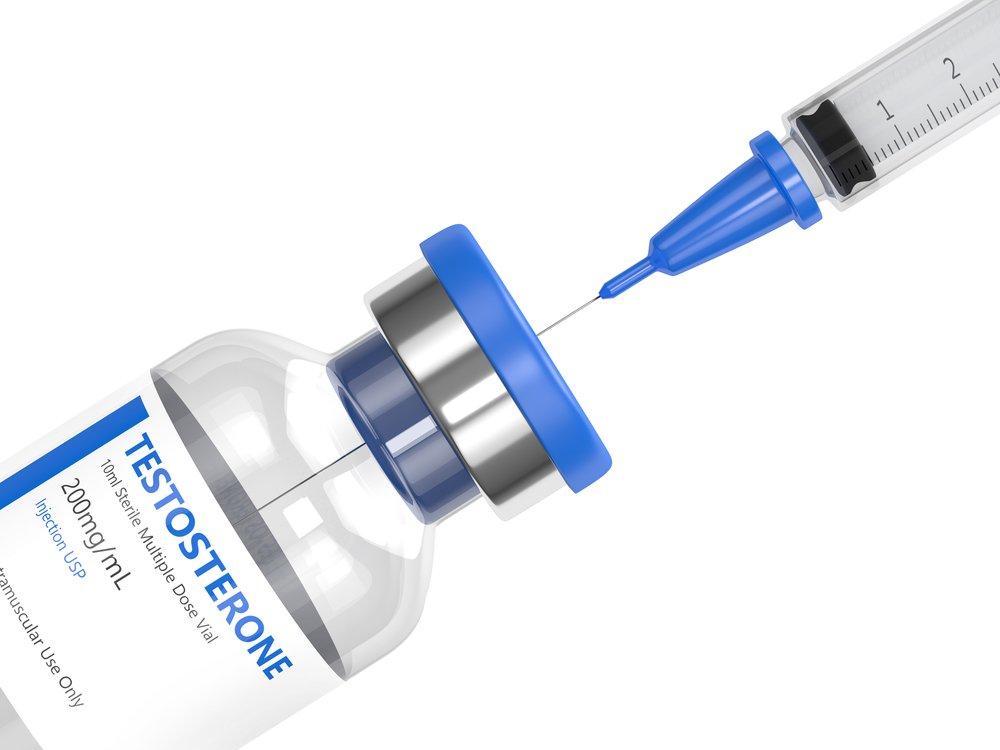
Navigating the Risks: Potential Side Effects of Testosterone Therapy
When considering testosterone therapy, endurance athletes must be aware of various potential side effects that could impact their performance and overall health. While testosterone can improve muscle mass, stamina, and recovery times, it can also lead to complications that may undermine these benefits. Some of the most significant risks include:
- Cardiovascular issues: Testosterone therapy can elevate blood pressure and red blood cell levels, increasing the risk of blood clots.
- Hormonal imbalances: Excessive testosterone can lead to gynecomastia (breast tissue enlargement in men) and acne.
- Psychological effects: Frequent mood swings, aggression, and anxiety are reported side effects.
- Prostate health: Increased testosterone can stimulate the growth of prostate tissue, raising concerns about prostate cancer risk.
It is essential for athletes to monitor their health closely while undergoing such therapy. Regular check-ups and blood tests can help mitigate risks and ensure that testosterone levels remain within a safe range. The table below illustrates some common side effects versus their potential severity:
| Side Effect | Potential Severity |
|---|---|
| Cardiovascular issues | High |
| Hormonal imbalances | Medium |
| Psychological effects | Medium |
| Prostate health concerns | High |
Personalizing Your Approach: Key Considerations Before Starting Therapy
Before embarking on testosterone therapy, it’s crucial to tailor your approach to align with your unique needs and goals as an endurance athlete. Consider the following key factors:
- Health Assessment: A comprehensive evaluation of your current health status, including hormone levels and physical fitness, is essential. Understanding your baseline will help in determining the necessity and potential benefits of therapy.
- Goals Clarification: Clearly define your objectives for undergoing testosterone therapy. Whether it’s enhancing performance, improving recovery times, or maintaining muscle mass, having specific goals will streamline the process.
- Consultation with Professionals: Engage with healthcare providers who specialize in sports medicine and endocrinology. Their expertise can offer insights tailored to your athletic endeavors and overall health.
Additionally, it’s important to consider the potential risks and long-term implications of hormone therapy. Here are some considerations to keep in mind:
| Consideration | Details |
|---|---|
| Side Effects | Potential mood swings, increased aggression, and correlation with cardiovascular issues. |
| Legal and Ethical Issues | Understand the regulations within your sport regarding hormone therapies to avoid disqualification or penalties. |
| Monitoring Requirements | Regular follow-ups and blood tests may be necessary to ensure safety and efficacy. |
Monitoring Progress: Essential Tests and Indicators for Athletes
To effectively gauge the impact of testosterone therapy on endurance athletes, several key tests and indicators should be integrated into their training regime. Hormonal profiling is essential, not only to establish baseline testosterone levels but also to monitor fluctuations throughout the therapy. Specific tests include:
- Total Testosterone – Measures the overall hormone levels.
- Free Testosterone – Evaluates the fraction of testosterone that is available for tissue use.
- SHBG (Sex Hormone-Binding Globulin) – Assesses the amount of testosterone bound to proteins in the blood.
- Estradiol Levels – Important to ensure that testosterone doesn’t convert excessively to estrogen.
In addition to hormonal assessments, endurance athletes should pay attention to performance metrics that reflect the benefits of therapy. Regularly tracking parameters such as:
| Performance Indicator | Measurement Method | Frequency |
|---|---|---|
| VO2 Max | Cardiorespiratory fitness testing | Monthly |
| Time Trials | Track or road race simulations | Bi-weekly |
| Recovery Rate | Heart Rate Recovery monitoring | After each workout |
| Muscle Mass | Body composition analysis | Every 3 months |
These indicators provide a comprehensive overview of an athlete’s physiological response to testosterone therapy, enabling tailored adjustments to training and recovery plans. By consistently monitoring both hormonal and performance metrics, athletes can optimize their training strategies and enhance their overall endurance potential.
Ethical Considerations and the Future of Testosterone Use in Endurance Sports
The debate surrounding testosterone therapy in endurance sports continues to evolve, raising critical ethical considerations that impact both the athletes and the integrity of the sport itself. The use of testosterone to enhance performance can create an uneven playing field, leading to questions about fairness and the essence of competition. Key ethical concerns include:
- Fair Competition: Are athletes using testosterone at an unfair advantage?
- Health Risks: What are the potential side effects of prolonged testosterone use?
- Integrity of Sport: How does allowing such treatments affect the public perception of endurance sports?
As scientific advancements continue, the future landscape of testosterone use in endurance sports may shift dramatically, prompting a reevaluation of existing regulations. Regulatory bodies might need to consider harm-reduction strategies that allow safe use while ensuring competition remains equitable. This could involve:
- Establishing Clear Guidelines: Defining acceptable levels of testosterone for endurance athletes.
- Implementing Regular Health Monitoring: Ensuring athletes’ health is prioritized alongside performance.
- Promoting Education on the Consequences: Raising awareness about the long-term effects of testosterone use.
In this context, a proactive approach addressing both athlete welfare and competitive integrity will be essential. Engaging key stakeholders, including athletes, healthcare providers, and sports organizations, can foster a comprehensive understanding of how testosterone can ethically coexist within the framework of endurance sports.
Q&A
Q&A: Testosterone Therapy for Endurance Athletes
Q1: What is testosterone therapy and how does it apply to endurance athletes?
A1: Testosterone therapy involves the administration of testosterone to address low hormone levels, typically through injections, patches, or gels. For endurance athletes, maintaining optimized testosterone levels can support muscle recovery, enhance stamina, and improve overall performance. However, the therapy’s implications in competitive sports raise questions about ethics and safety.
Q2: Why would an endurance athlete consider testosterone therapy?
A2: Endurance athletes might consider testosterone therapy to counteract the natural decline of testosterone associated with aging, overtraining, or other factors. Better hormone balance can aid in recovery times, energy levels, and lean muscle maintenance, all of which are crucial for sustained performance over long distances.
Q3: Are there any benefits to testosterone therapy beyond athletic performance?
A3: Absolutely! Testosterone therapy can also improve bone density, mood, and libido. For endurance athletes, these benefits can translate into improved training motivation and mental resilience, which are essential in a sport that often tests physical and psychological limits.
Q4: What are the risks associated with testosterone therapy for athletes?
A4: Risks include potential side effects such as acne, sleep apnea, and increased risk of cardiovascular issues. In the context of sport, unauthorized use can lead to disqualification and damage an athlete’s reputation. Long-term effects are also not fully understood, making careful consideration crucial.
Q5: Is testosterone therapy legal in sports?
A5: The legality of testosterone therapy in sports is nuanced. It is banned in many competitive sports unless the athlete has a legitimate medical need and presents sufficient documentation for a therapeutic use exemption (TUE). Athletes must navigate stringent anti-doping regulations to avoid penalties.
Q6: How does one determine if they need testosterone therapy?
A6: The first step is consulting with a medical professional who specializes in hormone health. A comprehensive evaluation, including blood tests to measure testosterone levels and an assessment of symptoms, will help determine if therapy is appropriate. Relying on expert guidance is crucial for informed decisions.
Q7: Are there alternatives to testosterone therapy for endurance athletes?
A7: Yes, alternatives include lifestyle modifications such as optimizing nutrition, ensuring adequate sleep, and incorporating strength training to naturally boost testosterone levels. Additionally, supplements, if approved and safe, may also help in promoting overall hormone health without the direct intervention of hormone therapy.
Q8: What should athletes keep in mind if considering testosterone therapy?
A8: Athletes should prioritize safety, legality, and ethical considerations. It’s vital to engage with healthcare professionals who can provide informed guidance and to remain aware of the potential long-term implications on both health and career. Balancing performance with well-being is key in any athletic pursuit.
Q9: Can testosterone therapy guarantee improved performance?
A9: No, testosterone therapy is not a magic bullet. While it may enhance certain aspects of performance and recovery, the foundation of athletic success lies in consistent training, proper nutrition, and mental fortitude. Hormonal support can be part of a broader strategy but should not replace the fundamentals of athletic preparation.
Q10: What’s the bottom line for endurance athletes considering testosterone therapy?
A10: The decision to pursue testosterone therapy should be carefully considered, weighing the potential benefits against the risks and ethical implications. Collaboration with healthcare professionals, ongoing research, and adherence to sports regulations are essential for navigating this complex terrain responsibly. As with any therapy, informed choices lead to better outcomes.
Closing Remarks
the intersection of testosterone therapy and endurance sports presents a complex landscape filled with potential benefits and ethical considerations. As more athletes seek to optimize their performance, the allure of hormonal enhancement becomes ever more pronounced. However, it is crucial to navigate this terrain with caution and a keen awareness of the associated risks and regulatory guidelines.
While testosterone can play a significant role in muscle recovery, energy levels, and overall well-being, athletes must weigh these advantages against the potential for adverse effects and the implications for fair competition.
As research progresses and our understanding evolves, one thing remains clear: the pursuit of excellence in endurance sports should always prioritize health, integrity, and the spirit of the game. For athletes considering testosterone therapy, consultation with medical professionals and adherence to the governing bodies’ regulations will be essential in ensuring that their pursuit of peak performance remains both safe and ethical. In a world where the quest for marginal gains can often blur the lines, education and conscientious decision-making will help define the future of endurance athletics.

